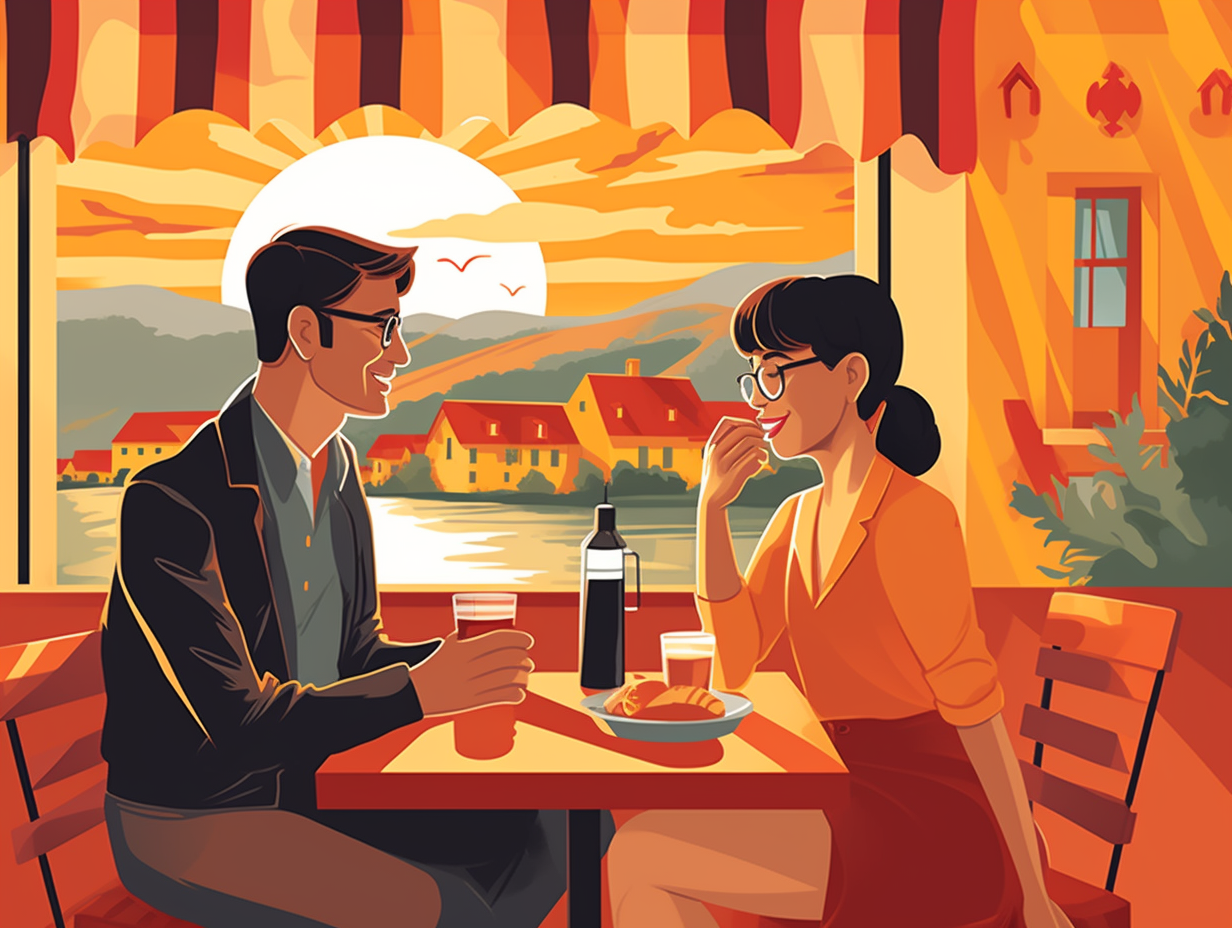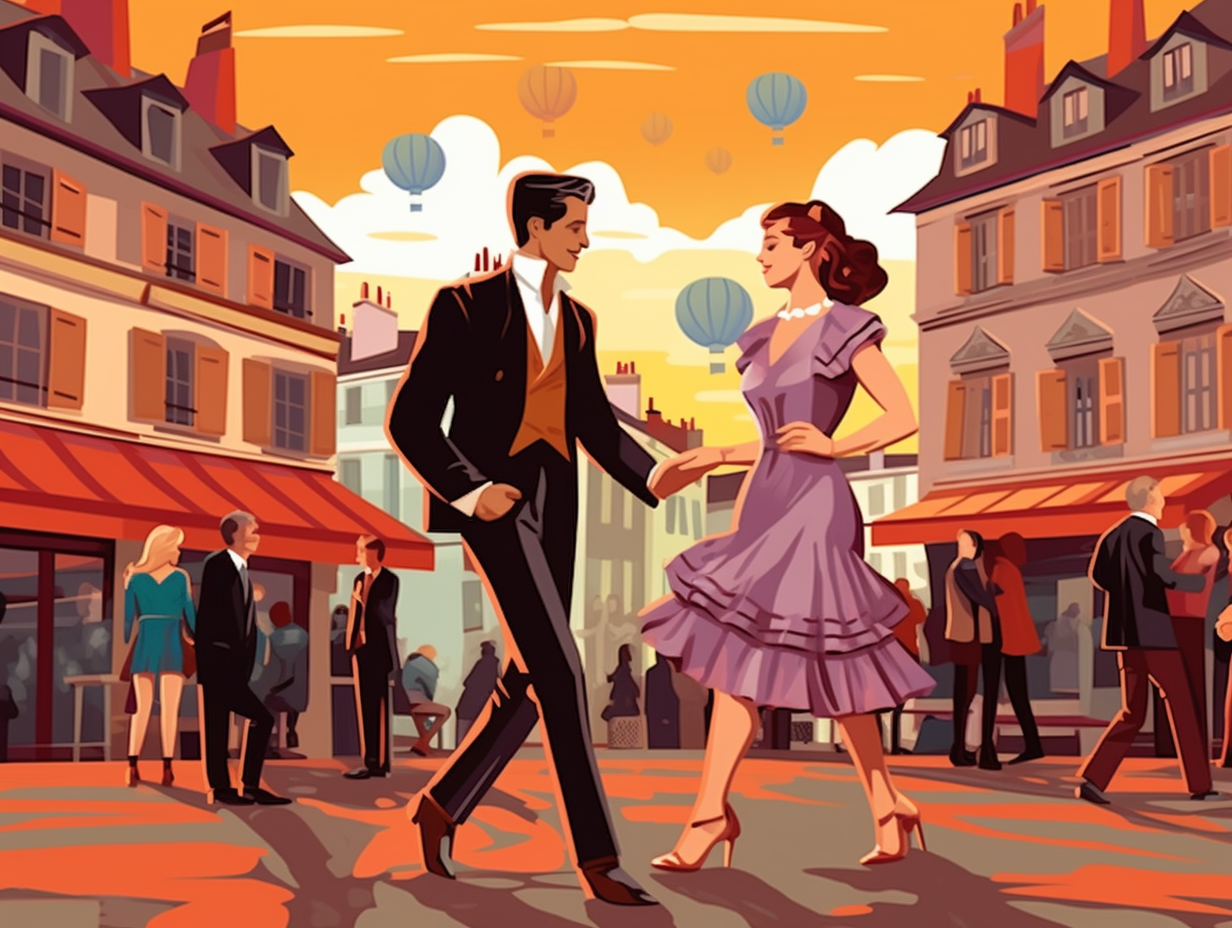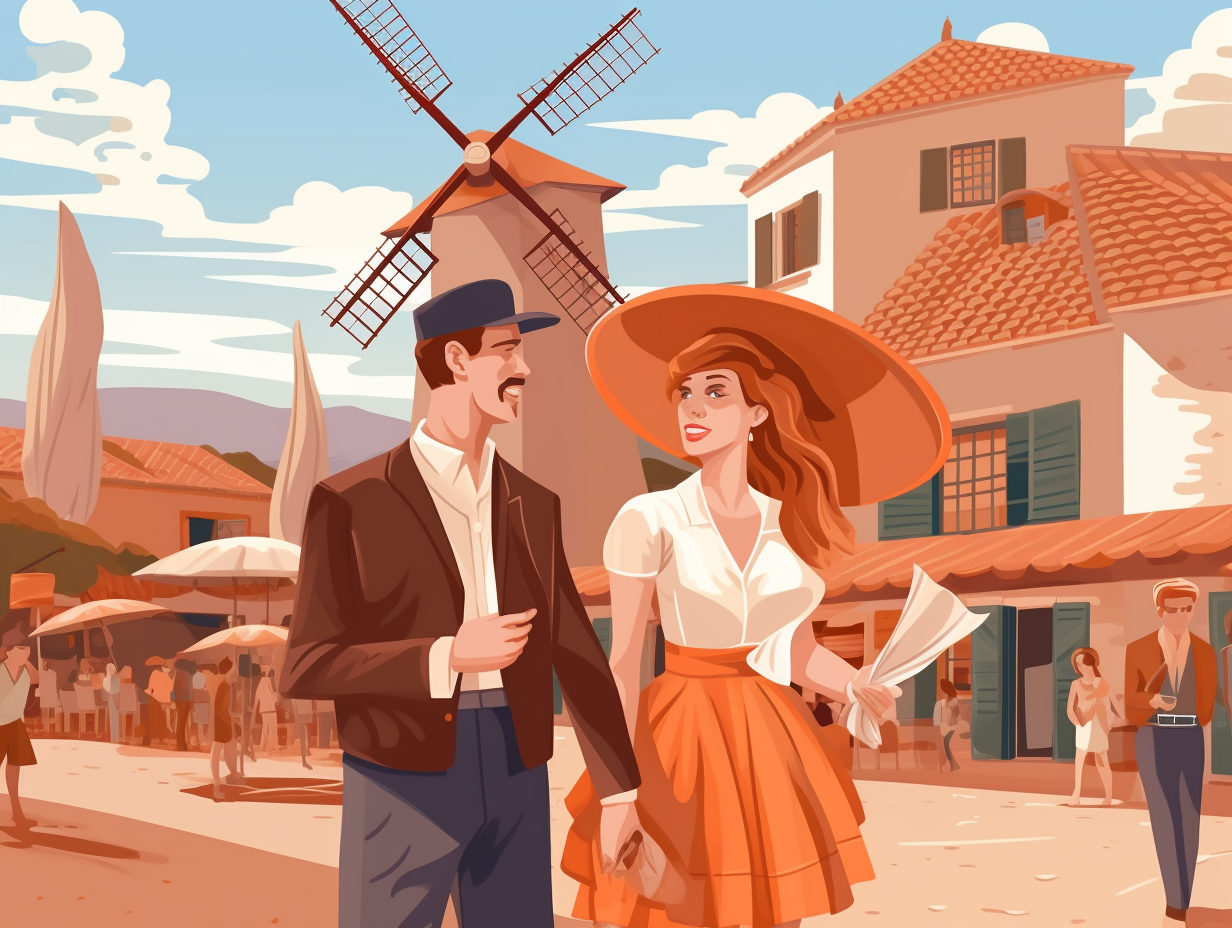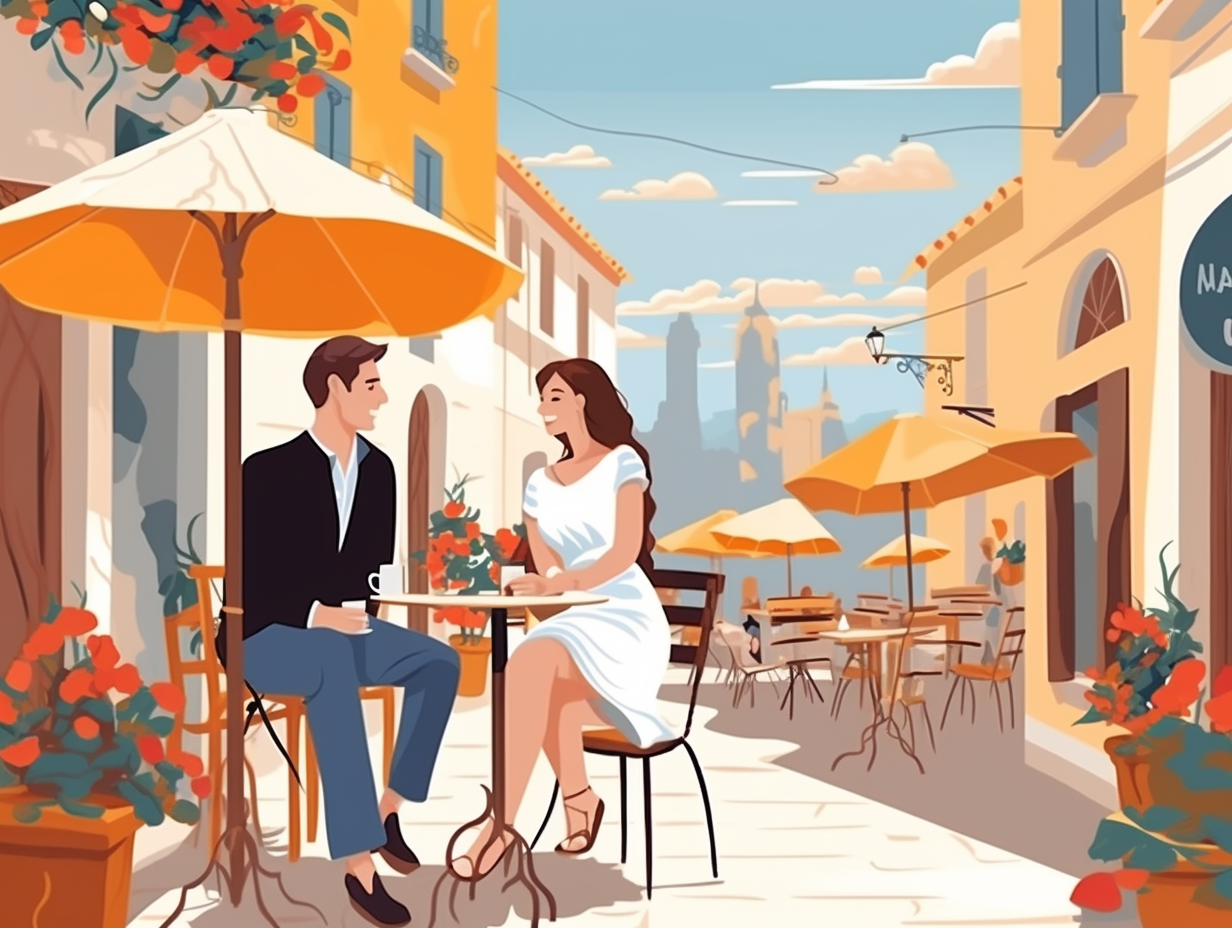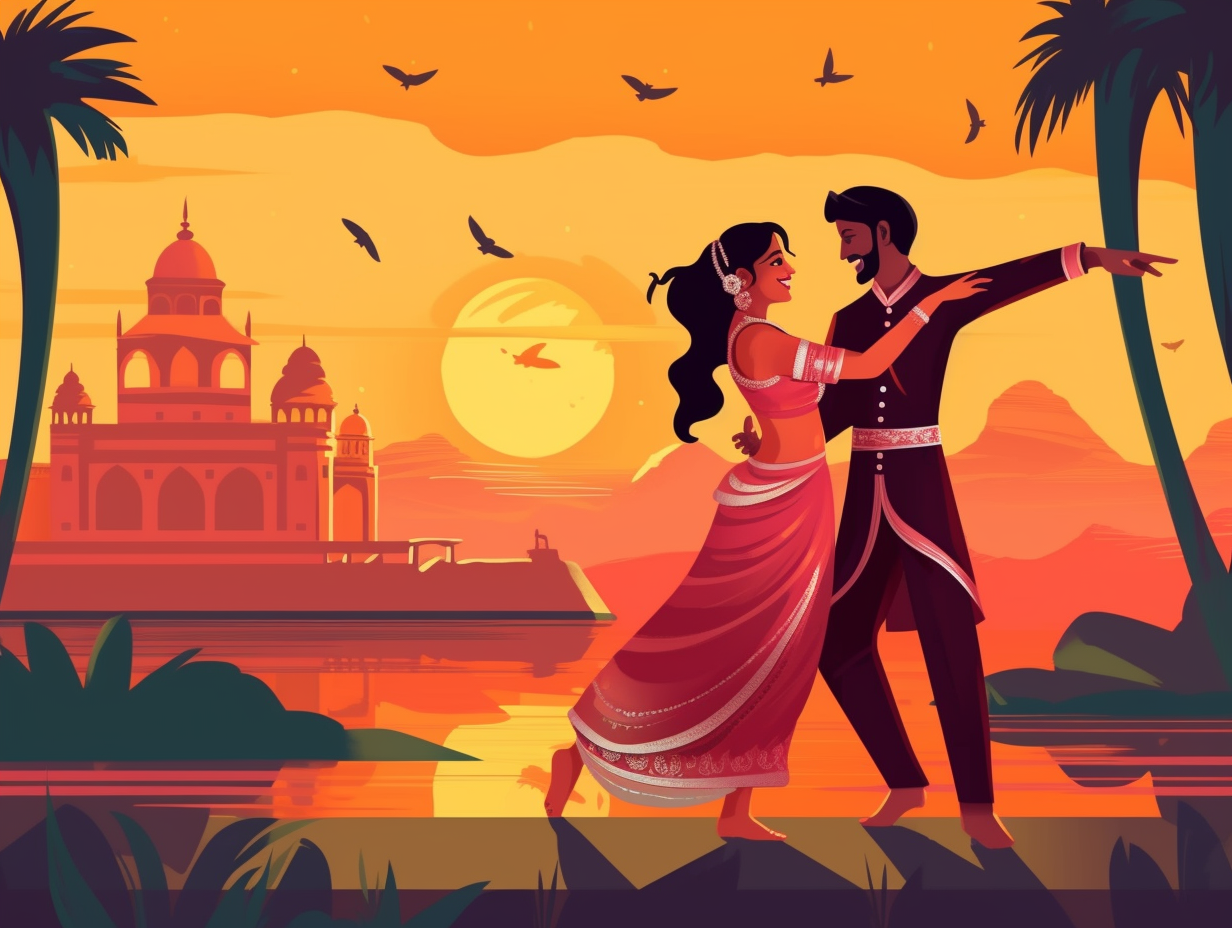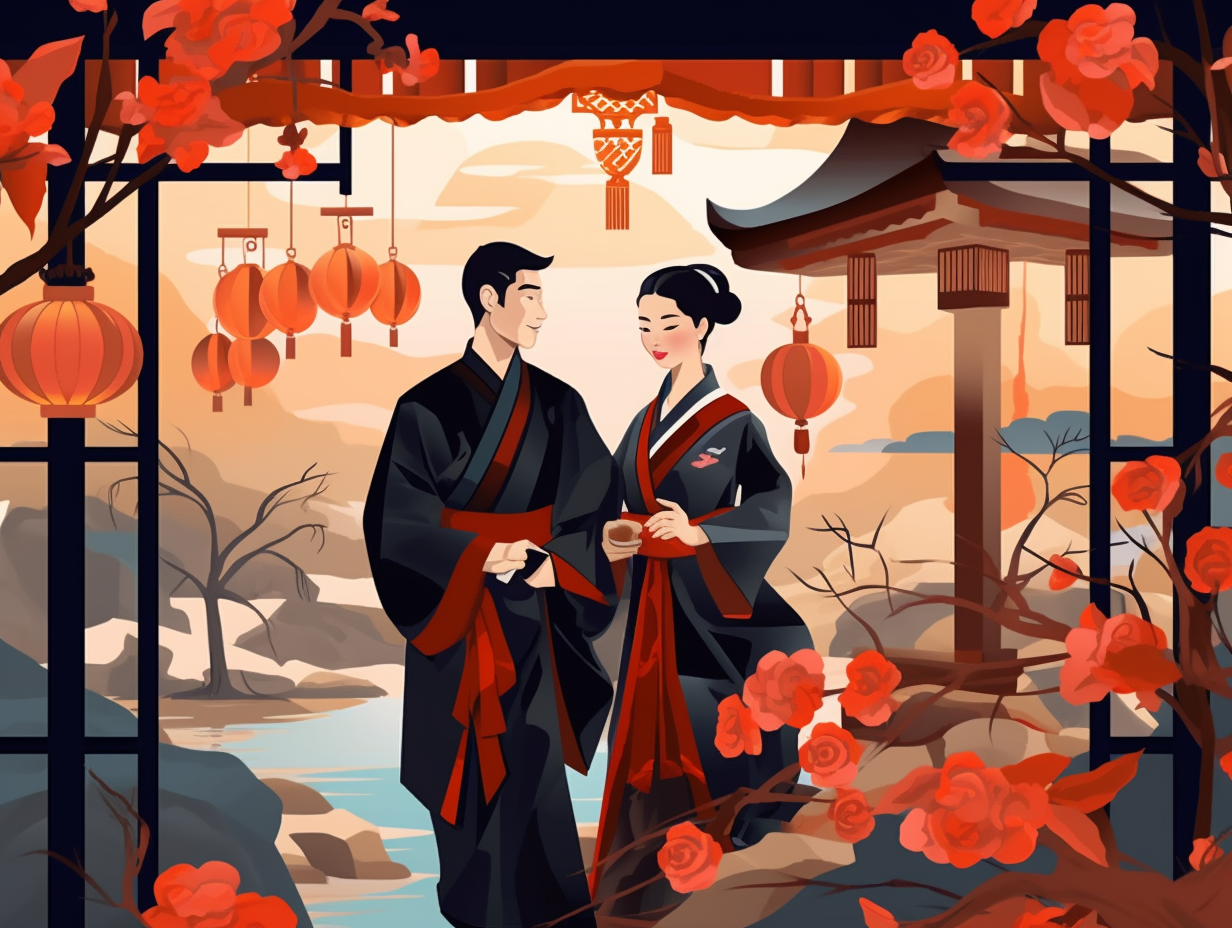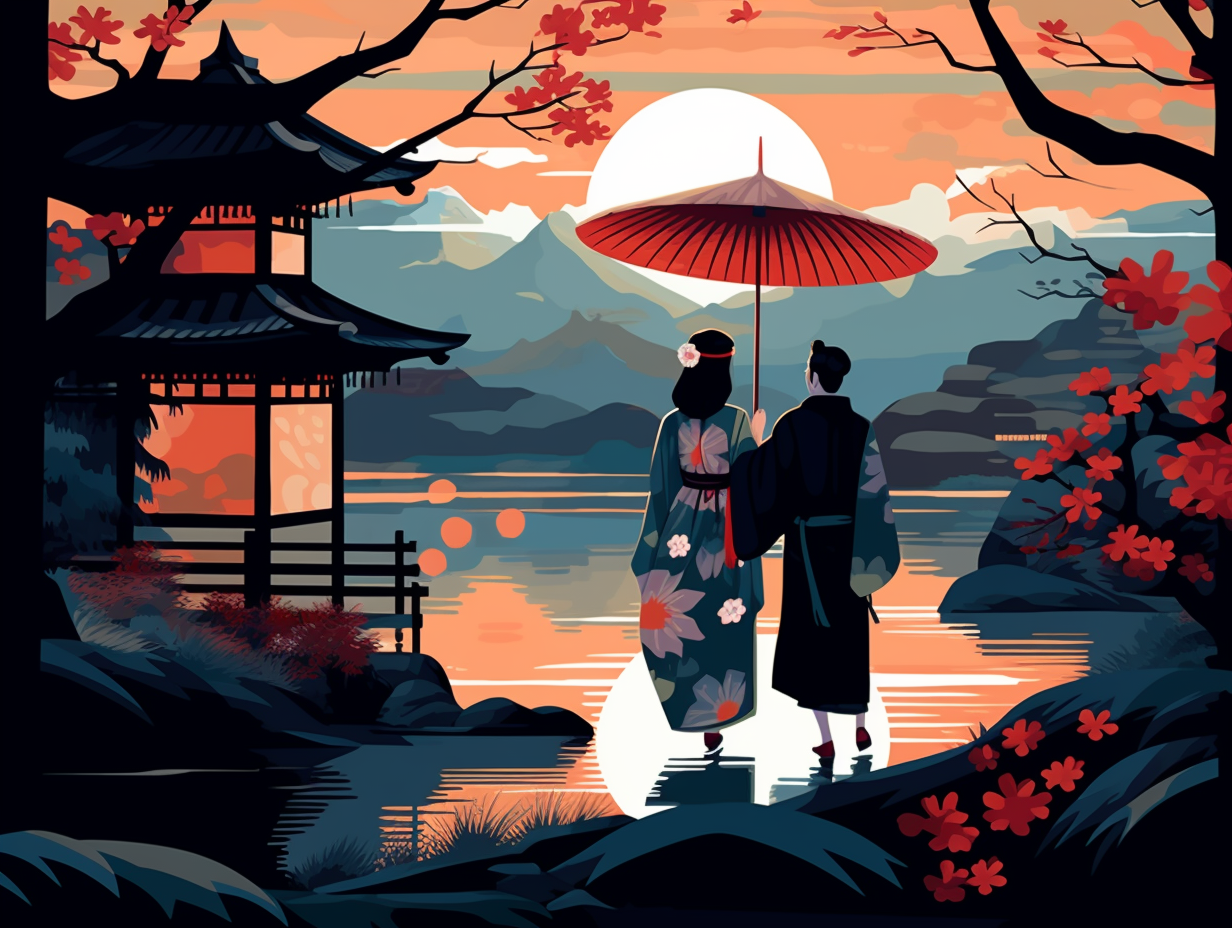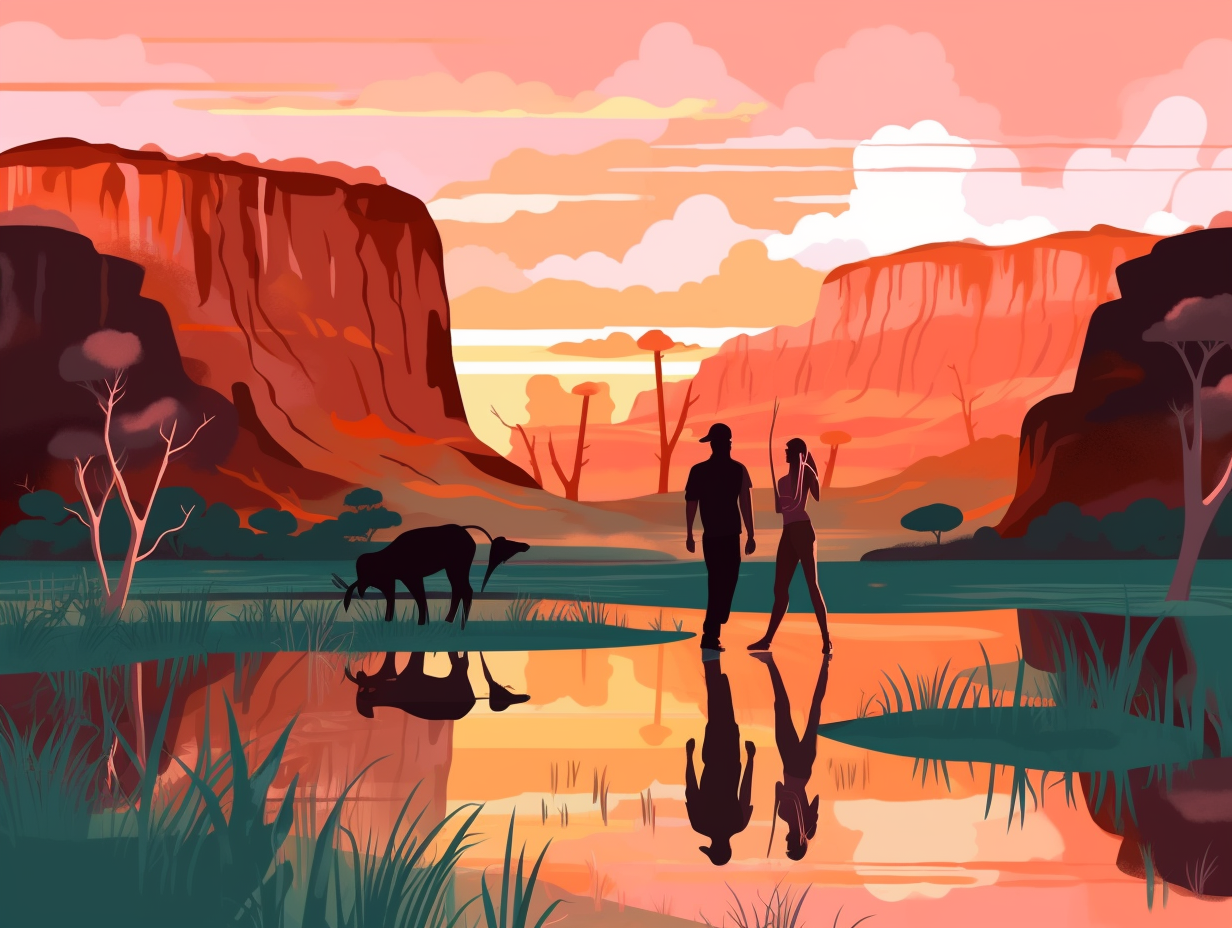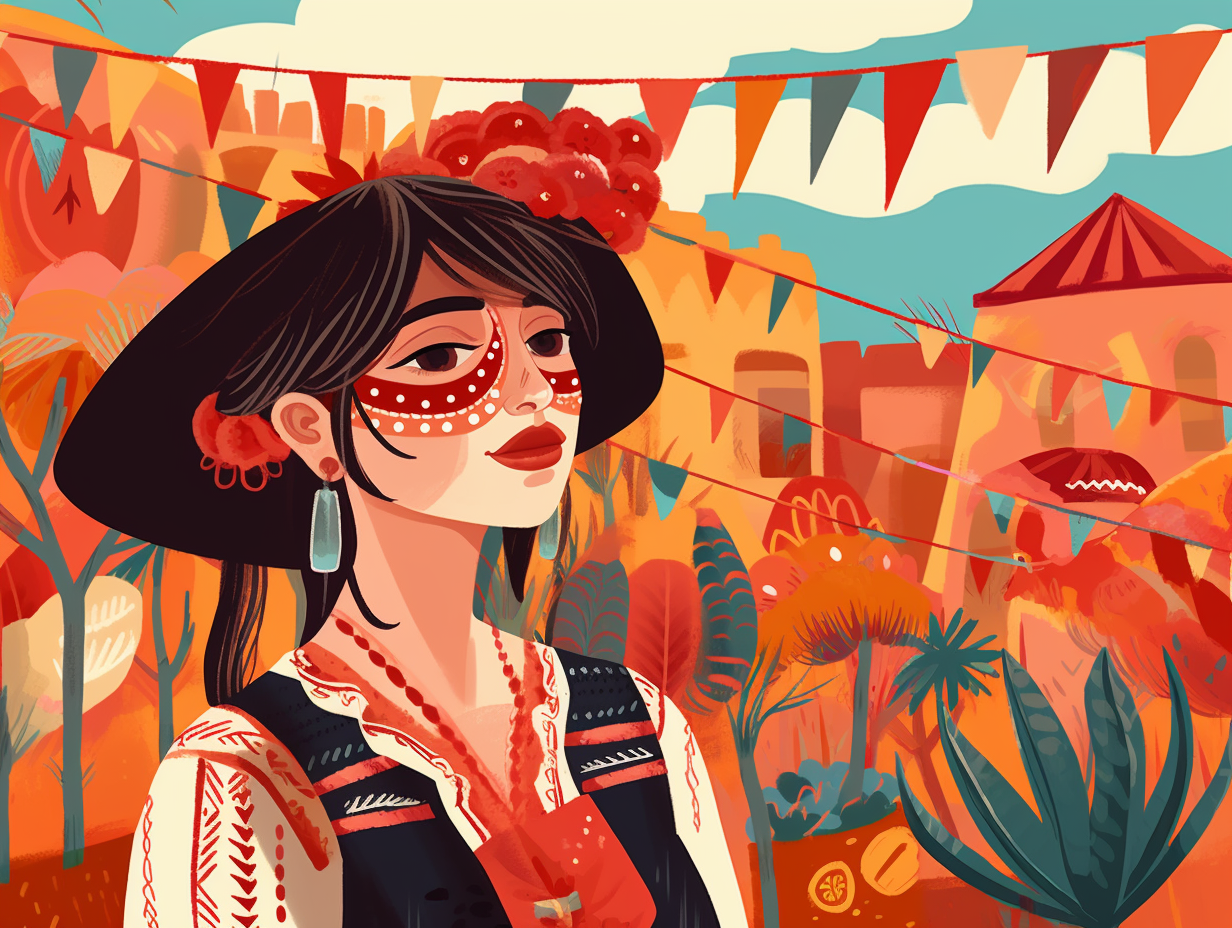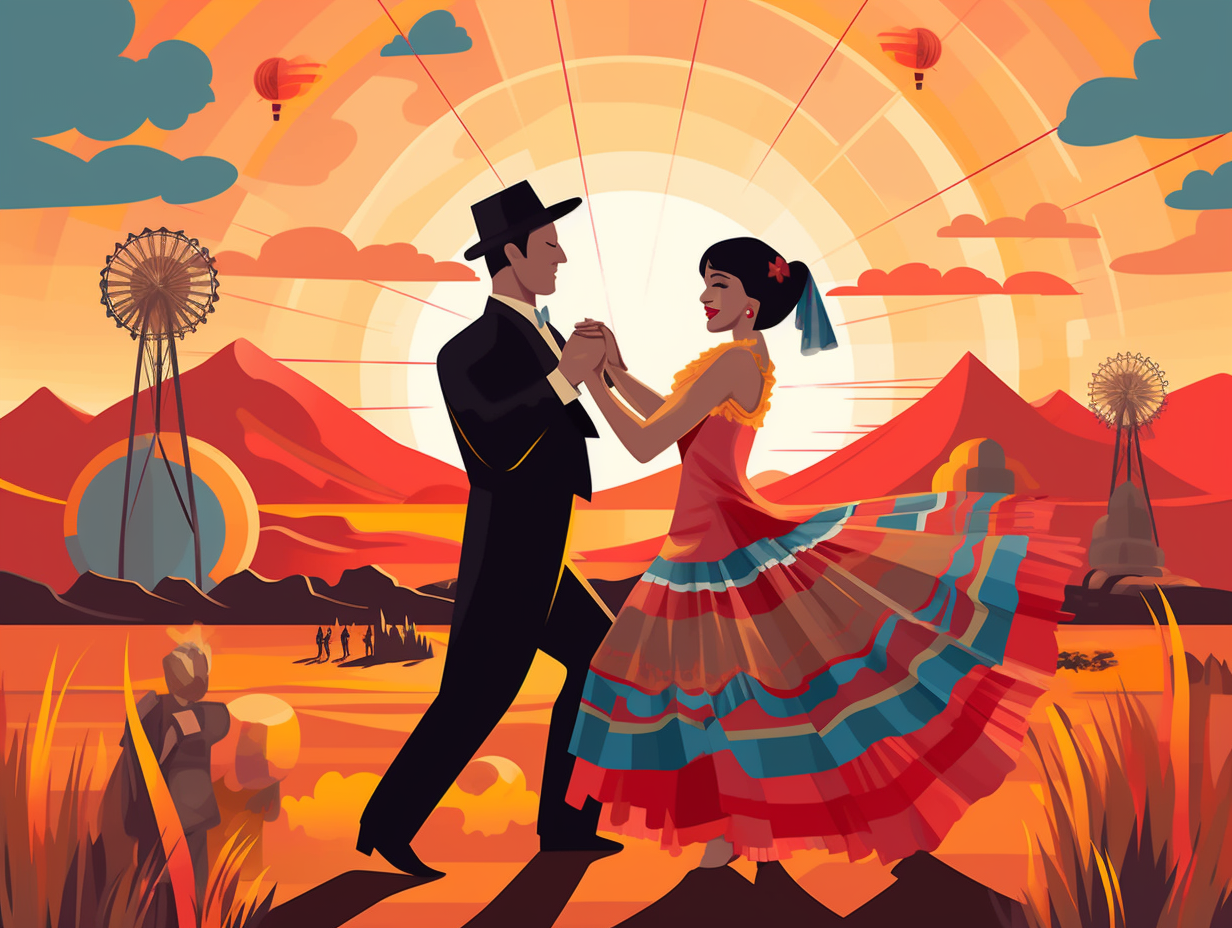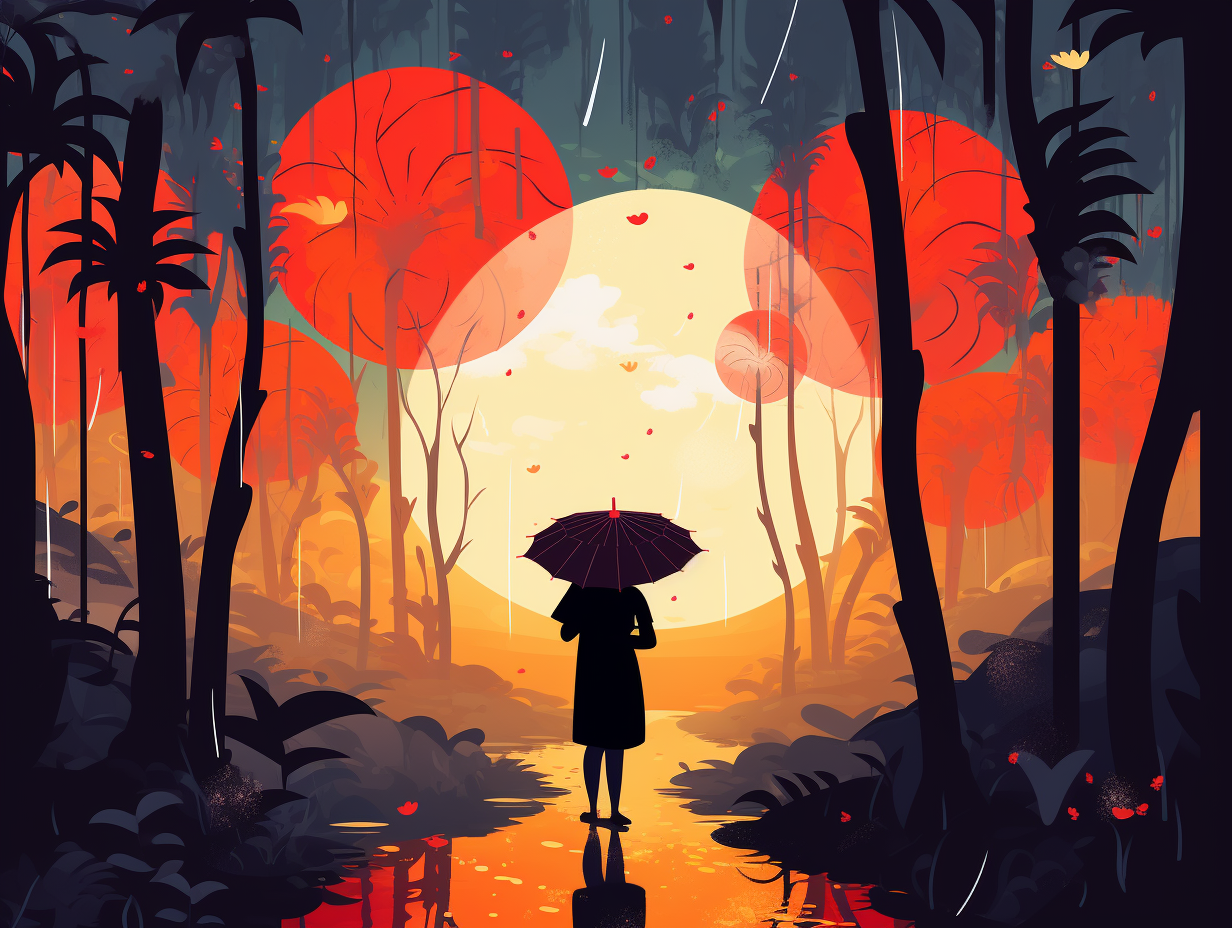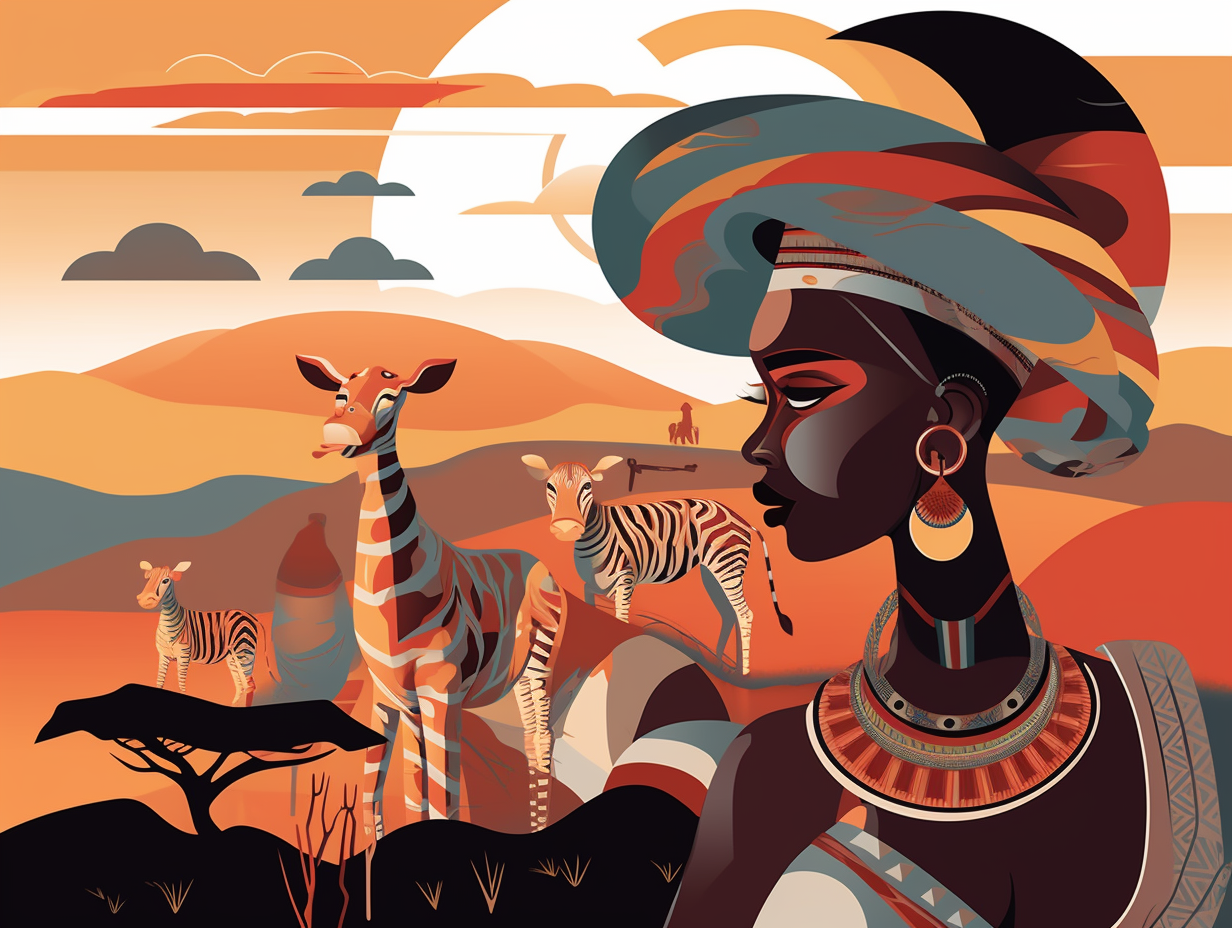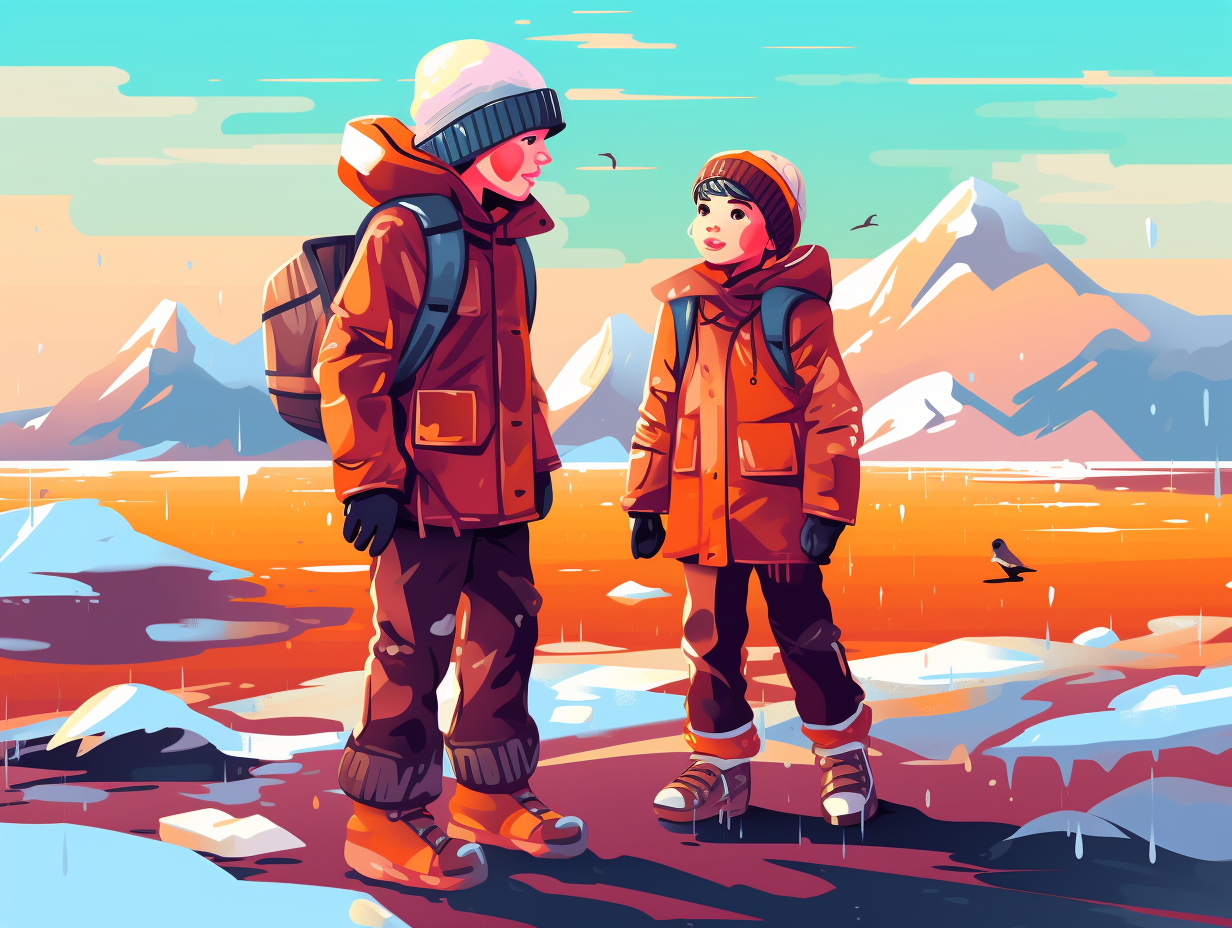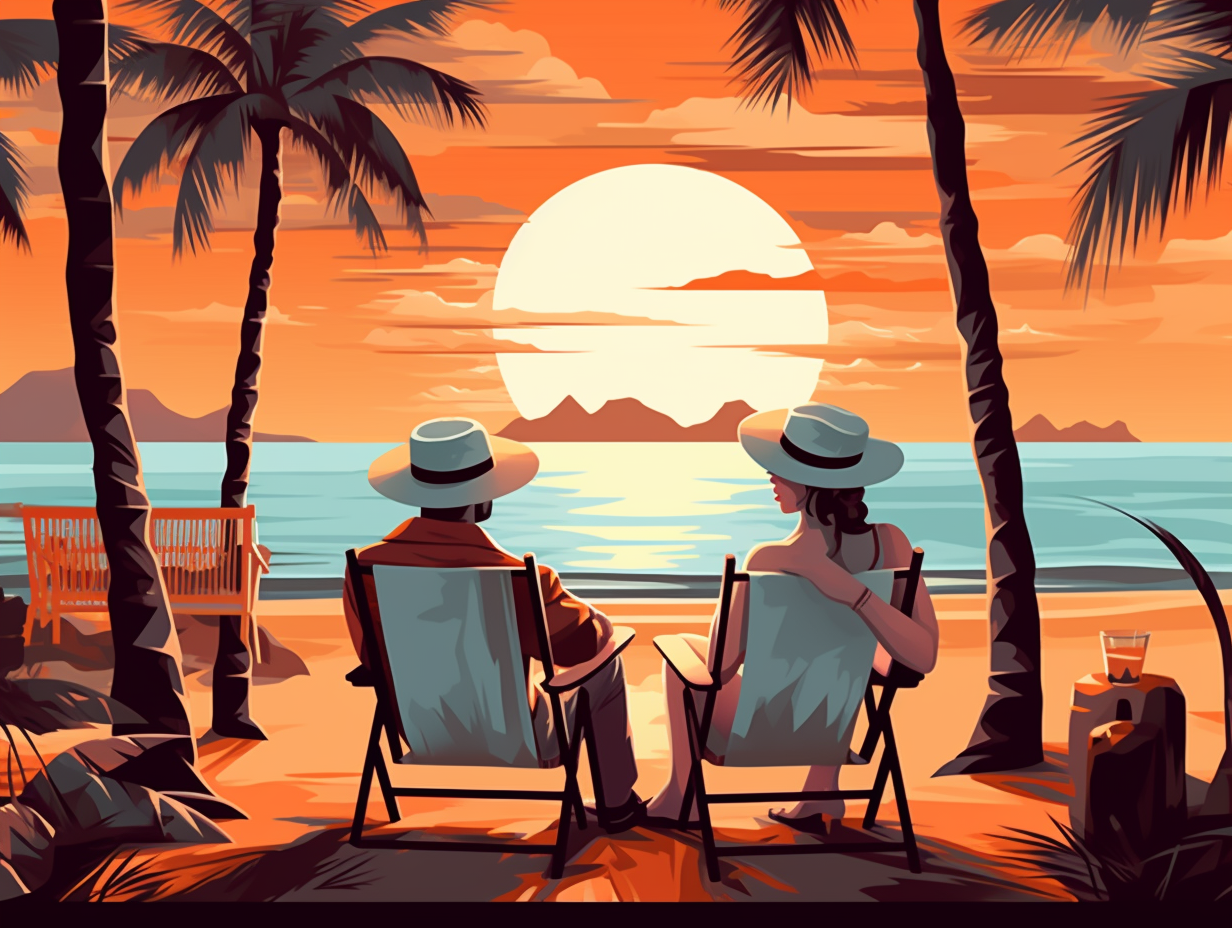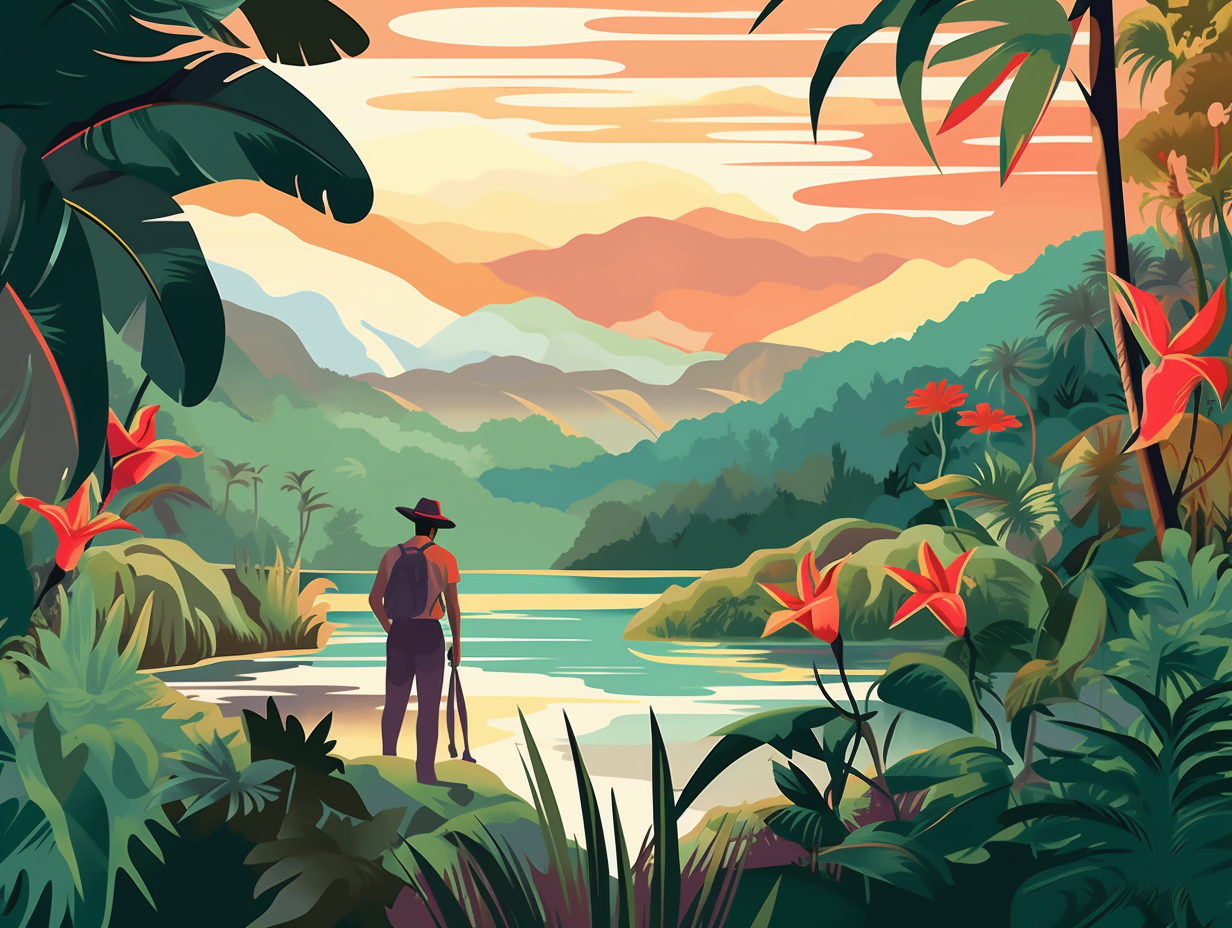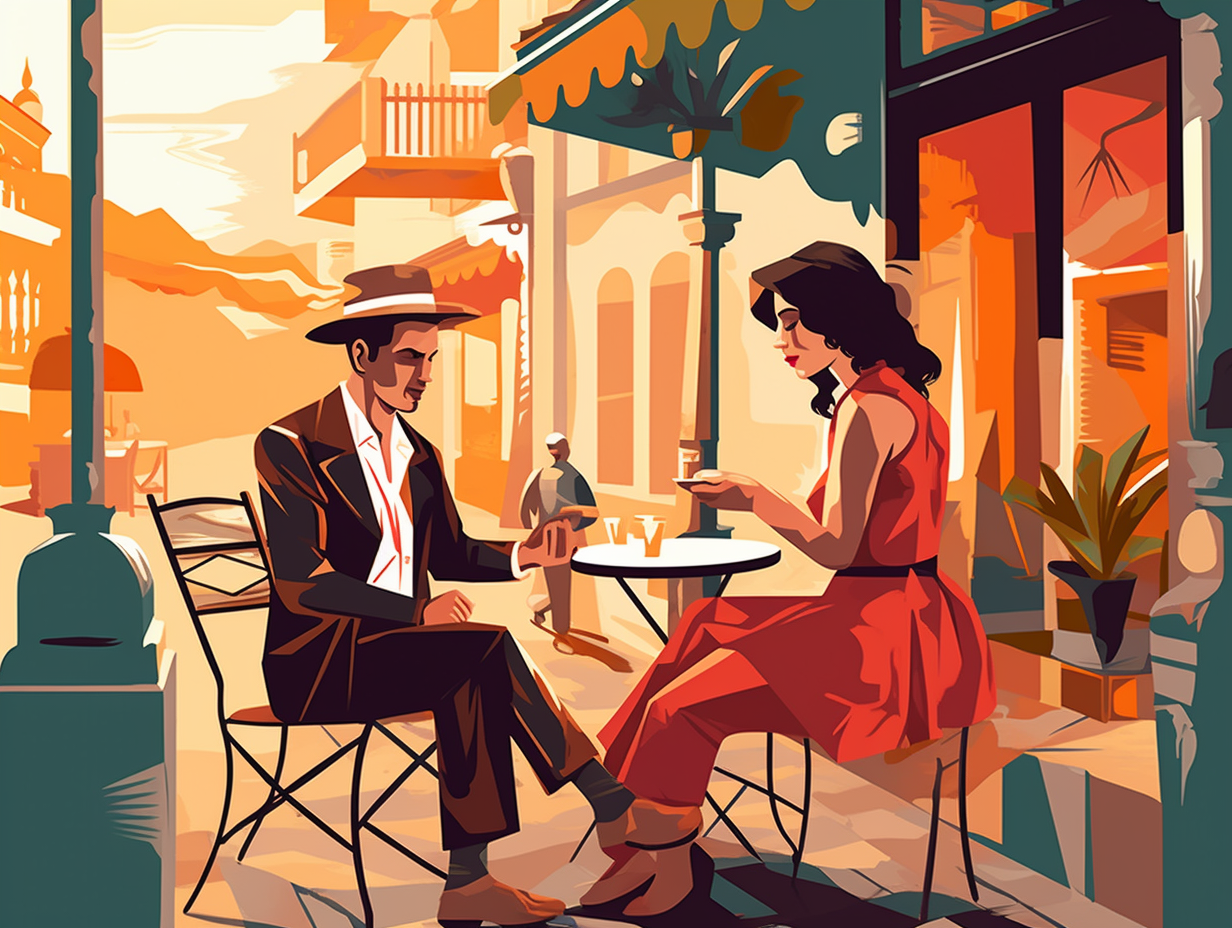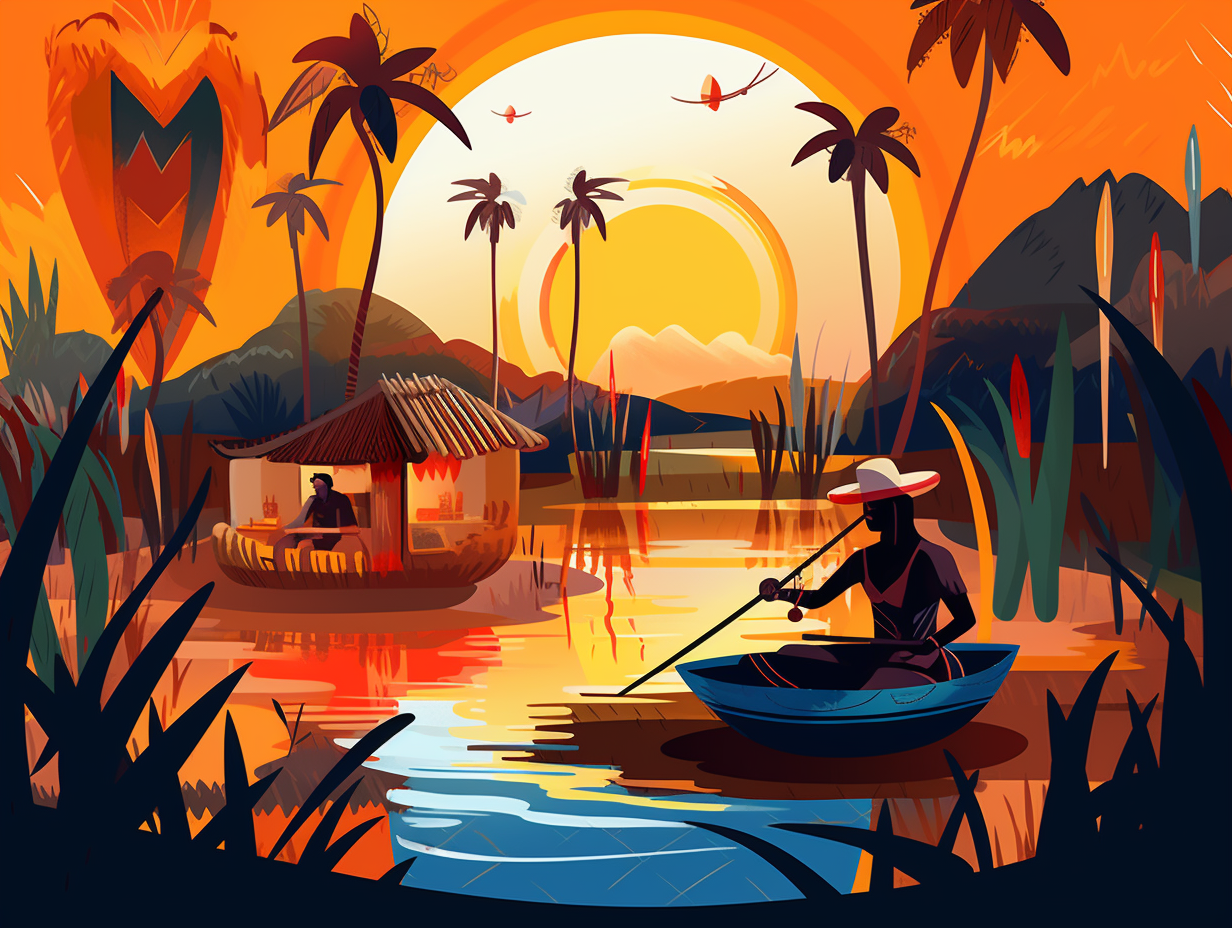Discover Ukraine's Hidden Gems: Top 16 Fun Facts You Never Knew About This Enchanting Country
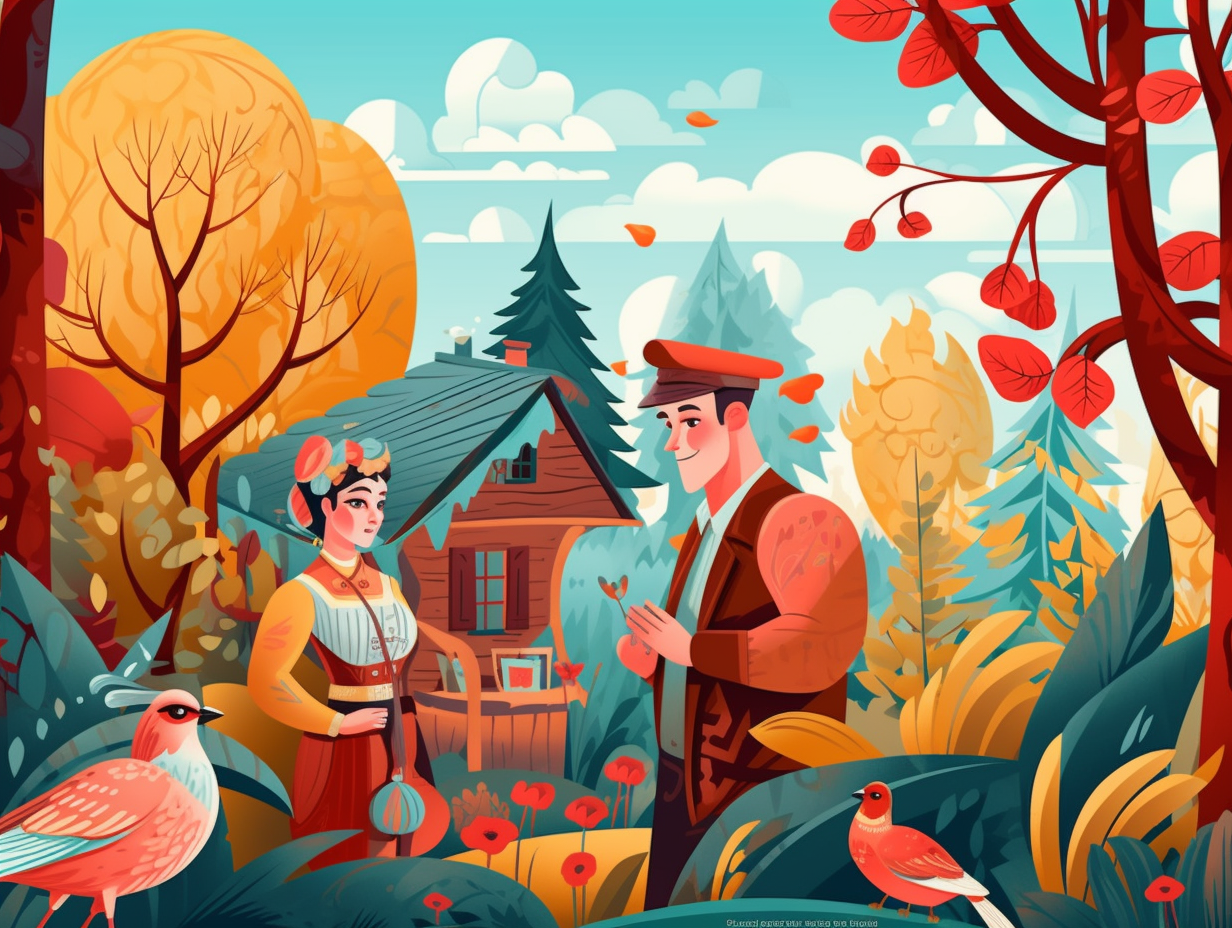
1. Sunflower Empire
In Ukraine, they don't just have sunflower power, they have a sunflower empire ruling the seed world with an iron pod: Ukraine has been the world's leading sunflower oil exporter since 2012, accounting for 47% of global exports in 2021, and sunflower cultivation makes up 23% of all agricultural holdings, significantly contributing to the country’s GDP and job market.
Source => reliefweb.int
2. Odesa Catacombs: The Real Batcave
Where Batman's Batcave falls short: Ukraine's Odesa Catacombs were used as a legit hideout for Soviet partisans during World War II! These intricate underground limestone tunnels kept them safe as they fought against the Axis forces, and today, the "Museum of Partisan Glory" in Nerubayskoye lets you explore a tiny part of this labyrinth that's as mysterious as it is historically enthralling.
Source => en.wikipedia.org
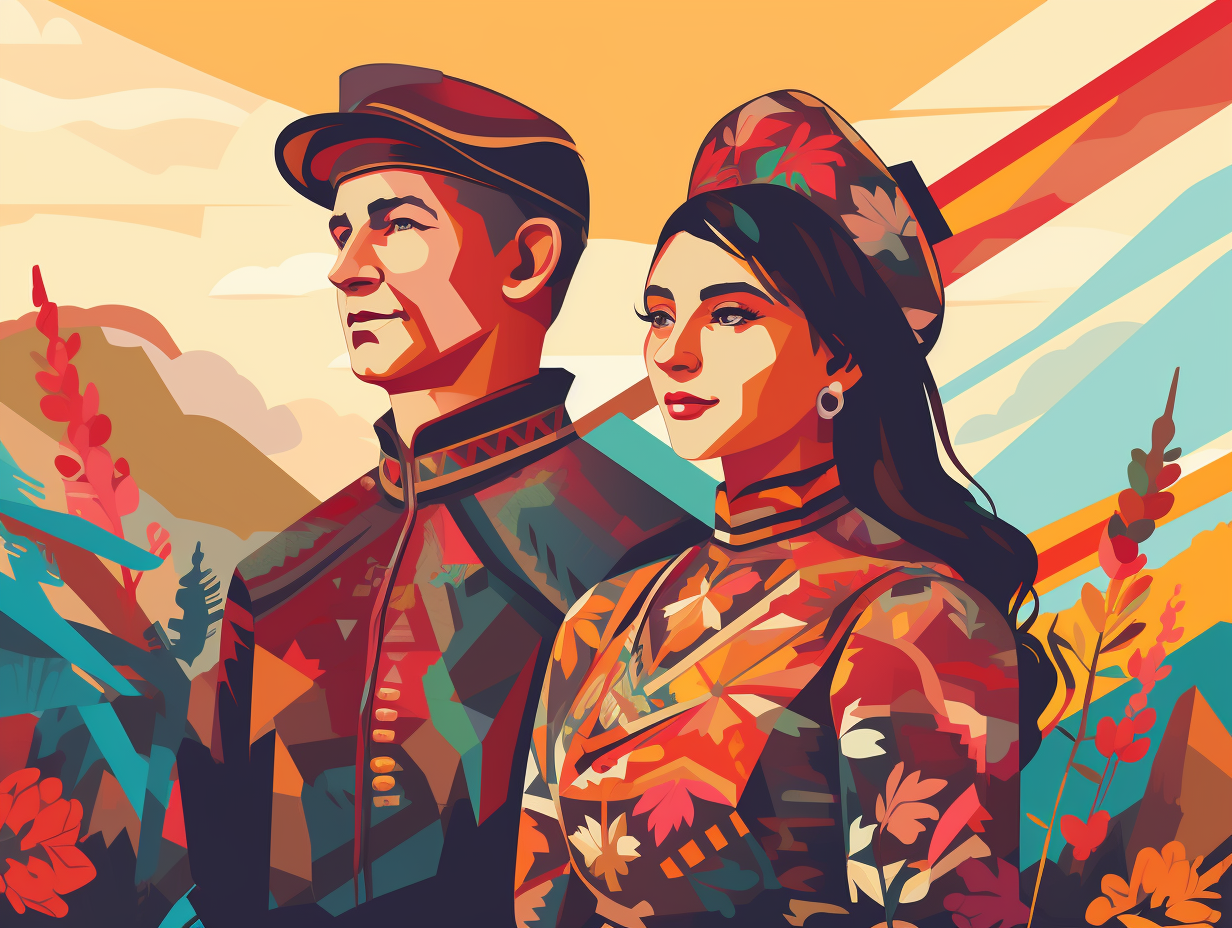
Did you know Vladimir Putin once serenaded a crowd with "Blueberry Hill" in accented English at a children's charity dinner? Discover this and more fun facts about Russia!
=> Fun Facts about Russia
3. Hopak: Dancing with Cossacks
Ever danced with Cossacks in the pale moonlight?: Well, the Hopak, Ukraine's National Dance, is your chance! With roots in Zaporozhian Cossack culture, this once male-dominated jig evolved into a mixed-gender folk dance, having twirled its way into operas, ballets, and theater, even scoring top prize at global folk dance events. Bust a move like a true Ukrainian and live your best hoppy life!
Source => en.wikipedia.org
4. Scenic Trolleybus Adventures
Have you ever been stuck in traffic and wished you could take a scenic shortcut across mountains and coastline? Ukraine's got your back: The Crimean Trolleybus Line, the world's longest, stretches 86 kilometers from Simferopol to Yalta, covering Crimea's stunning landscapes from mountains to the beach, all while providing eco-friendly transport since 1959.
Source => en.wikipedia.org
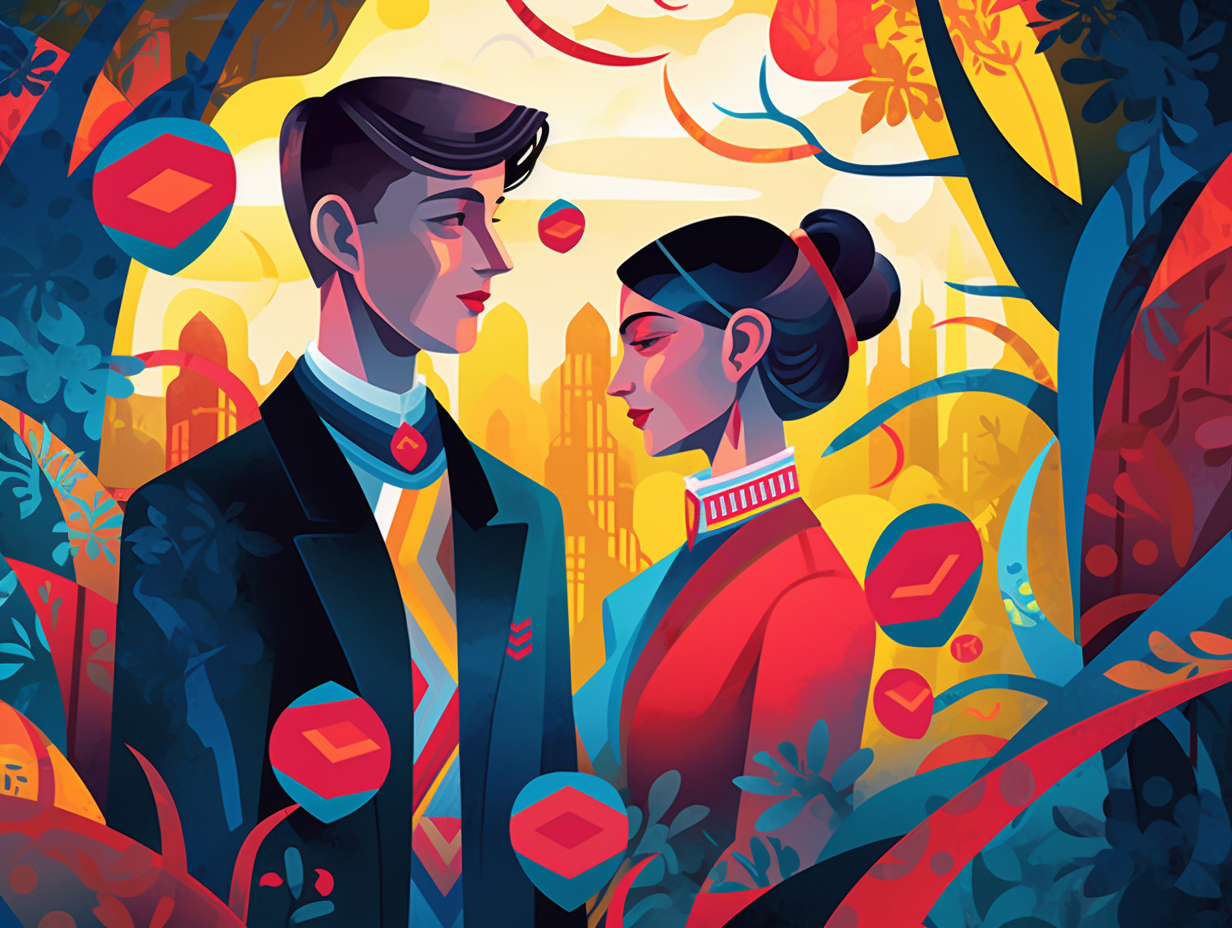
5. Borsch Battle: Ukraine vs. Russia
In the great beet and cabbage battle for national dish supremacy, it's a crimson-tinged tussle between two Eastern European powerhouses: Funnily enough, the delicious Borsch has sparked countless debates on whether it is an originally Ukrainian or Russian dish; yet, the culinary scales tip in favor of Ukraine: The mouthwatering Borsch, a savory beet and cabbage soup, is predominantly recognized as a Ukrainian culinary delight, with the nation boasting countless variations of the delectable dish and treating it as their cherished gastronomic treasure.
Source => bbc.com
6. Europe's Tallest Menorah
In a towering feat of candle-kind, Europe said "screw the electricity bill" and let Ukraine flip the switch on a massive game of "light the candle": At Kyiv's Maidan Independence Square, Europe's tallest menorah was illuminated, courtesy of the Federation of Jewish Communities of Ukraine, during the annual Hanukkah celebrations, symbolizing the Festival of Lights and bringing hope to the local Jewish population amid ongoing turmoil in the country.
Source => haaretz.com
7. Cinderella's Shoe Foe
In a land where even Cinderella's glass slipper would face a formidable foe by European standards: Ukraine's shoe sizes adhere to the European system, with a range of 35 to 48.5 that comfortably fits both dainty damsels and strapping gentlemen without discrimination.
Source => gndzero.com
8. Ukrainian Alphabet: Spy Decoder
Did you know that learning the Ukrainian alphabet could make you feel like James Bond deciphering secret messages? You might just encounter 33 intriguing characters, including the mystifying "Ґ", "Є", and "Ї": These uniquely Ukrainian letters were once banished during Soviet rule in a plot to bring the language closer to Russian, but "Ґ" has since made a daring return. The Cyrillic-scripted language also goes incognito under three different names - "ALFAVIT", "ABETKA", and "AZBUKA" - leaving you shaken, stirred, and ready for some linguistic adventure.
Source => ukrainianlanguage.org.uk
9. Arsenalna: Subterranean Subway
Taking subterranean travel to a whole new depth, one has to wonder if the Arsenalna metro station in Kiev gives away free submarines or perhaps o2 tanks: Ardent travelers would need to brace themselves for quite the descend, as Arsenalna is the world's deepest metro station, burrowed firmly beneath the surface at 105.5 meters deep.
Source => filmfestivals.com
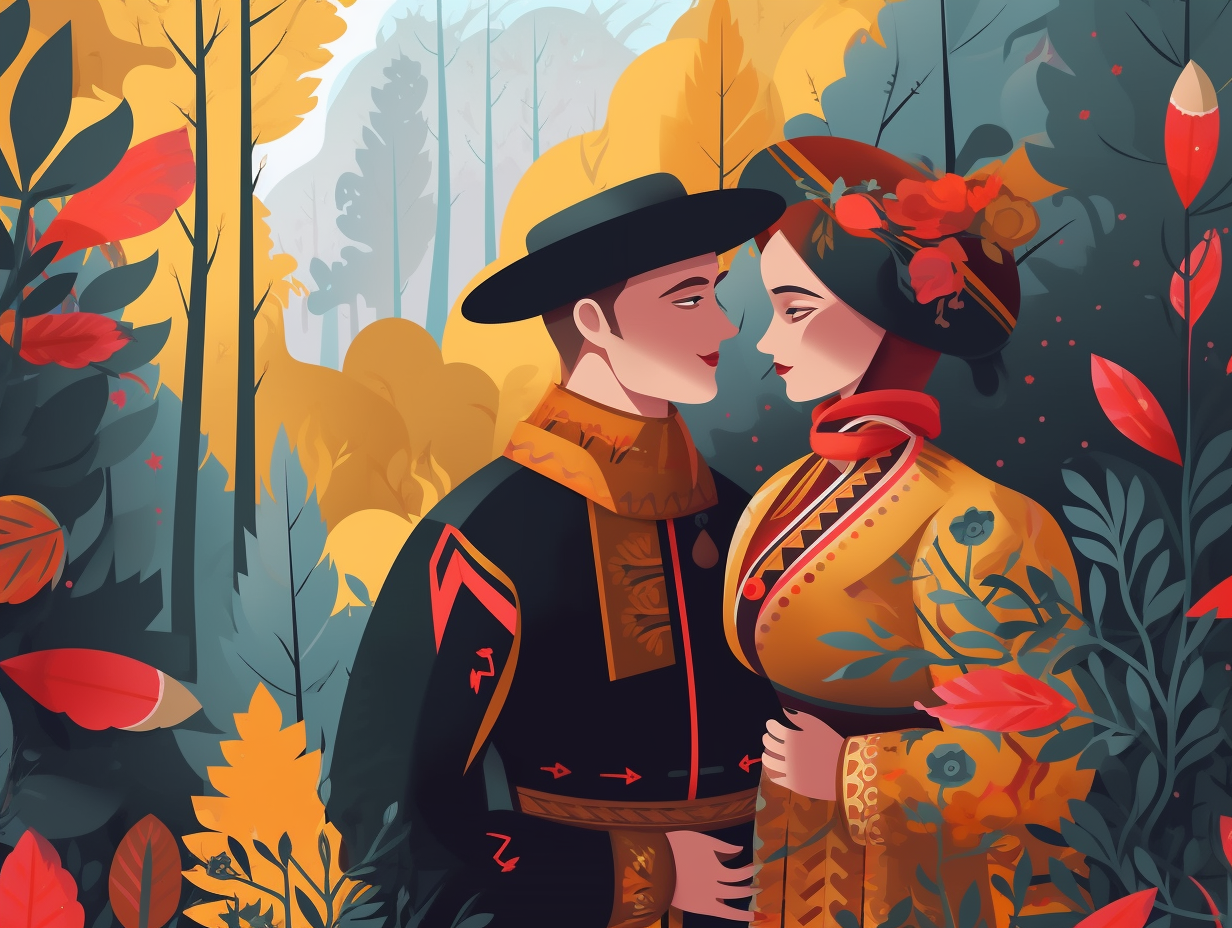
10. Podilia's Party Central
Ever heard of Podilia's party central? Yes, it's an actual place, and the shindigs date all the way back to the 16th century: Kamianets-Podilskyi in Ukraine was once the cultural heart of Podilia, housing an Orthodox brotherhood school founded in 1589, a theological seminary in 1805, and one of the first Prosvita societies in Russian-ruled Ukraine, not to forget about an eparchial museum and a theater. Fun fact, even Mykola Leontovych and Anatolii Svydnytsky got their groove on at its esteemed institutions!
Source => encyclopediaofukraine.com
11. Thriving Coal-Mining City
Forget the widespread notion of coal-mining cities being dreary and drab; Horishni Plavni has found its own recipe to a thriving lifestyle tucked away in Ukraine's bustling mining belt: Once named Komsomolsk-na-Dnipri, this intentional mining city is home to the thriving Poltava Mining and Extraction Combinat. Remarkably, 80% of its inhabitants work in the mining industry, yet this soot-cloaked enclave boasts impressive living standards and a high birth rate – all thanks to the prosperity of its mineral riches!
Source => en.wikipedia.org
12. Love Train: Tunnel of Love
Move over, Cupid's Arrow Express: Ukraine's got a love train of its own chugging through the heart-throb-inducing Tunnel of Love: This picturesque, two-mile-long railway stretch in Klevan is enveloped by lush, arching trees, creating the most romantic passageway for couples and nature lovers alike – and it's still fully functional, serving its industrious purpose of transporting timber to a nearby factory thrice daily.
Source => atlasobscura.com
13. Ukraine's Rebellious Constitution
Picture Ukraine as the rebellious teen of the post-Soviet bloc, dragging its feet and taking its sweet time to assert its independence: The Constitution of Ukraine was finally adopted and ratified on June 28, 1996, making it the last of the post-Soviet states to do so. This fundamental law now serves as the backbone for all legal and legislative matters in the country, with Constitution Day celebrated every year on June 28 since its adoption.
Source => en.wikipedia.org
14. Pripyat's Unlucky Amusement Park
You know a party's a bust when nobody shows up, but the Pripyat amusement park takes the cake – or rather, the ferris wheel – for the unluckiest debut ever: Planned for a grand May Day opening in 1986, the party was cancelled after the Chernobyl disaster struck just a few kilometers away. While rumors circulate that the park had a one-day hurrah post-disaster, residents' memories tell a different tale. Its now-iconic 26-meter "Circular Overview" ferris wheel didn't exactly become the fun-filled symbol of joy, but instead an eerie reminder of the catastrophic event that permeates our media and nightmares.
Source => en.wikipedia.org
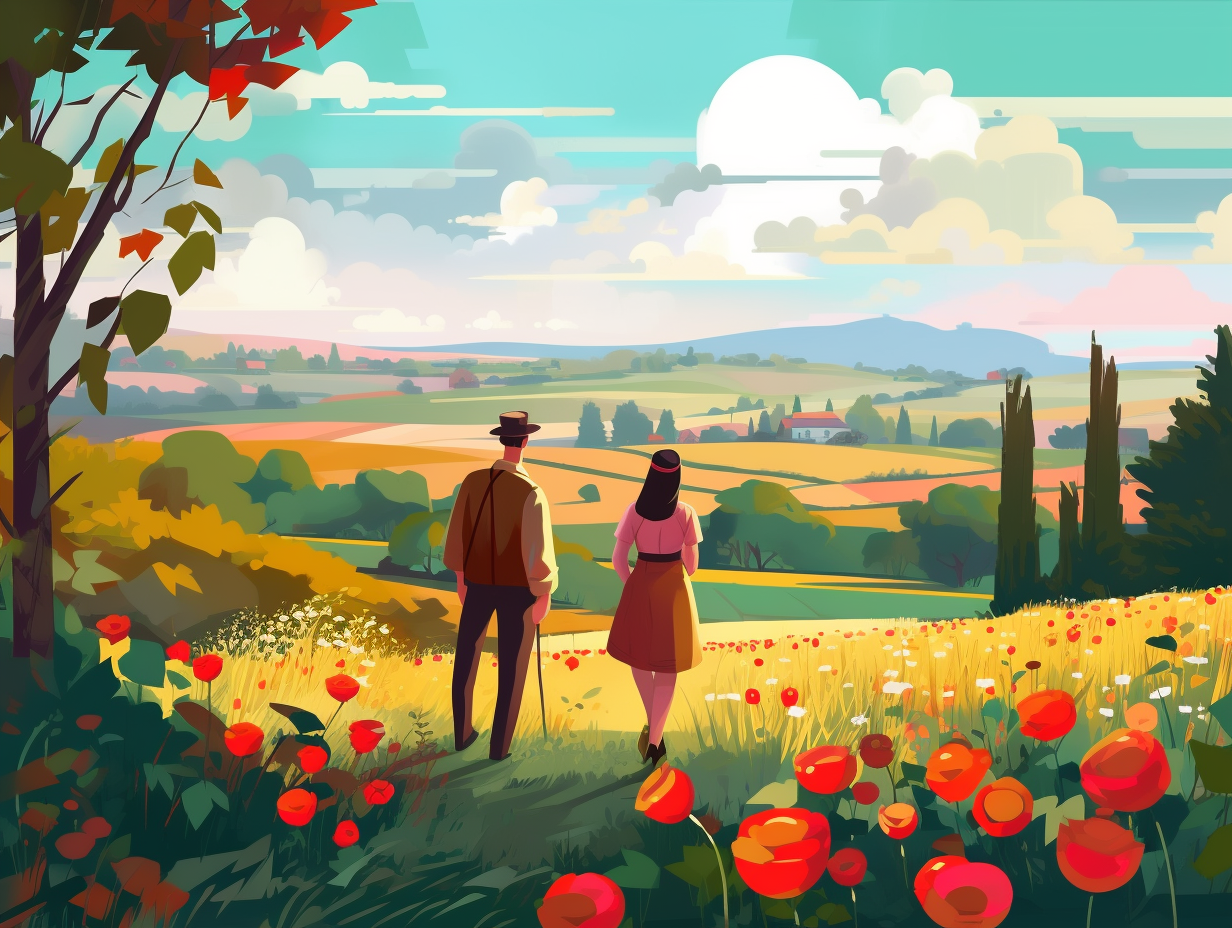
15. Flag-tastic Celebrations
Talk about a flag-ulous celebration: Ukraine commemorates National Flag Day on August 23, giving a whole new spin to back-to-back parties just a day before their Independence Day. The serious reveal: This flag-waving fete first burst onto the scene in 2004, showcasing the vibrant blue and yellow symbol through cultural events across the nation – making it the prelude to August 24's main independence extravaganza since 1991.
Source => en.wikipedia.org
16. Exclusalphabet Party
Hold on to your hats, language nerds: Ukraine's got an "exclusalphabet" party, and you weren't invited! That's right, these linguistic hipsters boast a Cyrillic script with unique letters found only in Ukrainian – say hello to Ge (ґ), their velar-posh VIP guest, and give a warm welcome to Yi (ї), the prestigious palate pleaser. Who knew alphabets could be so avant-garde?
Source => en.wikipedia.org
Related Fun Facts

